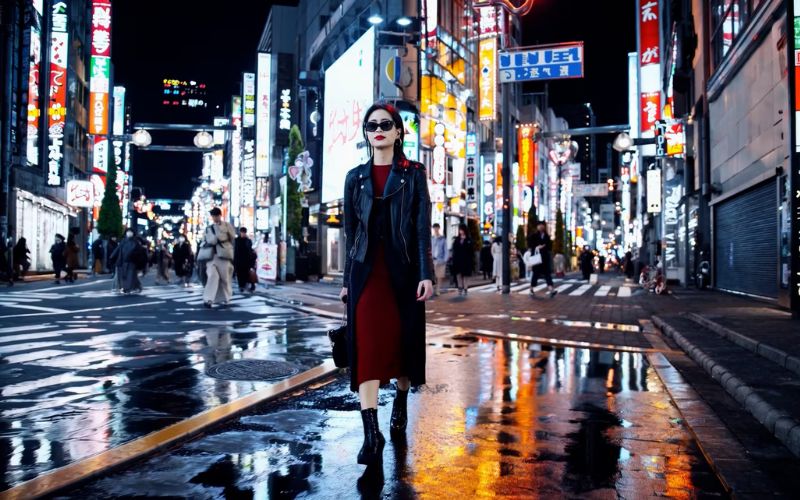In the ever-evolving world of artificial intelligence, OpenAI has introduced a groundbreaking tool named Sora, a text-to-video AI that is transforming the way we create content. This innovative technology allows users to generate stunning videos from simple text prompts, making video creation accessible to a broader audience. However, it’s important to note that as of now, Sora is available only to a few individuals through an invite system. This exclusivity ensures that the platform can scale responsibly and incorporate user feedback effectively. But there’s good news on the horizon—Sora is poised to become available to everyone soon, opening up a world of possibilities for AI-powered video creation. In this article, we will delve into how to use Sora, the Sora video generator by OpenAI, to create AI videos, including tips on crafting the best Sora prompts and a comprehensive Sora prompt tutorial.
Getting Started with Sora by OpenAI
Despite its current limited access, getting acquainted with how Sora AI works will prepare you for when it becomes widely available. Designed with simplicity and user-friendliness in mind, Sora makes it easy for both novices and professionals to generate high-quality videos. Once you gain access, either through an invite or when it opens to the public, you’ll start by signing up and logging into OpenAI’s platform to begin your journey of AI-powered video creation.
Crafting Your First Video with Sora
The essence of creating AI videos with Sora lies in what are known as Sora prompts. These are textual descriptions that guide the AI in generating your video. To create your first video, you’ll navigate to the Sora video generator interface and enter your prompt into the provided input box.
Understanding Sora Prompts
The success of your video largely depends on the quality of your Sora prompts. The best Sora prompts are detailed, imaginative, and clear, offering enough information to guide the AI. For instance, a prompt like “a golden retriever running through a vibrant green field on a sunny day” is far more descriptive and effective than “a dog running.”
Sora Prompt Tutorial
Here’s a brief Sora prompt tutorial to get you started:
- Be Specific: Detail is key. Clearly outline the scene, characters, and actions.
- Incorporate Sensory Details: Adding sensory descriptions can make your video more vivid.
- Ensure Coherence: A coherent prompt with a beginning, middle, and end will result in a more structured video.
Experimenting with Sora
The current phase of limited access is an ideal time for experimentation. Those with early access to Sora by OpenAI are encouraged to test different prompts, exploring various narratives, themes, and visual styles. This not only helps in understanding the capabilities of the Sora video generator but also aids OpenAI in refining the tool.
Sharing and Feedback
For those with access, sharing your creations and participating in feedback exchanges can be invaluable. Engaging with the community allows for constructive criticism and inspiration, essential for mastering the art of creating the best Sora prompts.
Looking Forward
As Sora prepares to open its doors to a wider audience, the anticipation among content creators, educators, marketers, and hobbyists continues to grow. This AI tool represents a significant leap forward in making video creation more accessible, offering an innovative platform to bring dynamic, creative ideas to life.
In conclusion, while Sora by OpenAI is currently an exclusive offering, its potential impact on video creation is undeniable. By familiarizing yourself with Sora prompts and starting to imagine the possibilities, you’ll be well-prepared to dive in and create captivating AI videos as soon as Sora becomes available to everyone. The future of video creation is bright, and with tools like Sora, it’s only going to get brighter.

